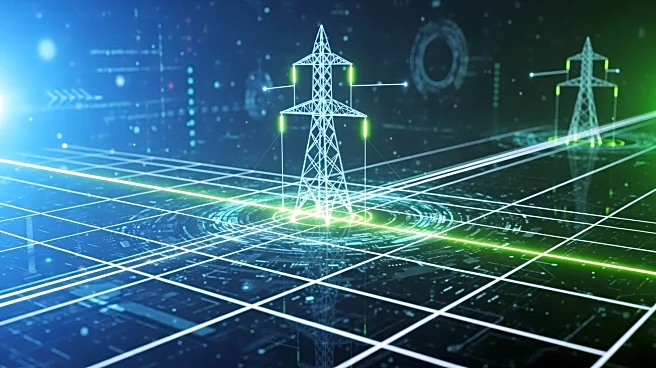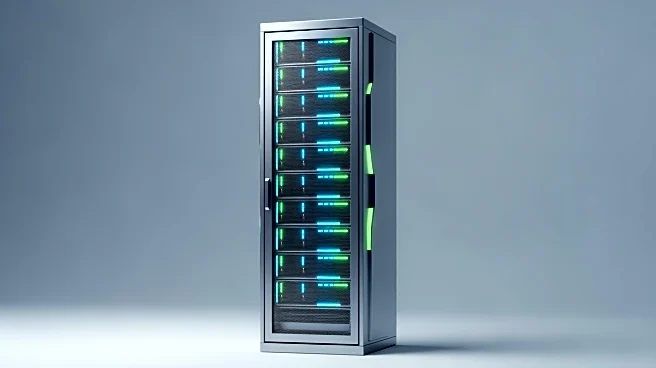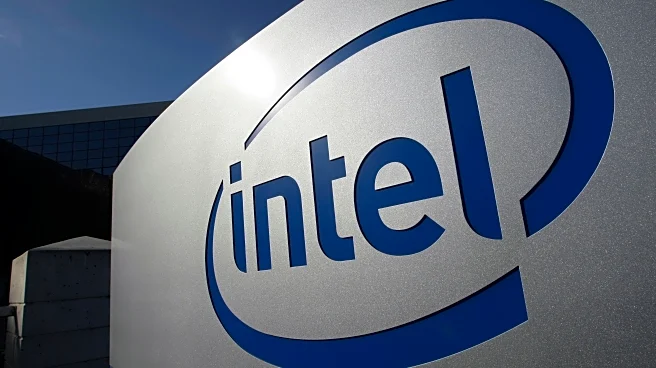What's Happening?
President Trump has unveiled an AI Action Plan aimed at maintaining America's global dominance in artificial intelligence. The plan includes the construction of numerous data centers, which are expected
to significantly increase electricity demand. The Trump administration's initiative is projected to require 64 gigawatts of new power by 2026, enough to power 56 million homes. However, this expansion poses challenges for the existing electrical grid, which may struggle to accommodate the increased demand. Utilities are negotiating with tech companies and government entities to determine who will bear the costs of necessary infrastructure upgrades. Concerns have been raised about the potential for residential ratepayers to face higher electricity bills as utilities seek to fund these projects.
Why It's Important?
The AI Action Plan represents a major push for technological advancement, but it also highlights the potential financial burden on American households. The construction of new data centers and the associated energy demands could lead to increased electricity costs for consumers, particularly if utilities pass on infrastructure expenses to ratepayers. The plan's emphasis on AI development underscores the importance of balancing innovation with affordability and sustainability. As the U.S. seeks to lead in AI technology, the impact on energy consumption and costs will be a critical factor in ensuring that the benefits of technological progress are accessible to all Americans.
What's Next?
The Trump administration's focus on AI development will require ongoing collaboration between government agencies, tech companies, and utility providers to address the challenges of expanding the power grid. Legislative scrutiny is expected as states examine the impact of large corporate energy users on electric bills. Some states have already implemented rules requiring data centers to contribute to infrastructure costs. The negotiation process will continue as stakeholders work to find solutions that balance technological growth with consumer protection. The outcome of these discussions will shape the future of energy management and AI development in the U.S.
Beyond the Headlines
The expansion of AI data centers raises environmental concerns, particularly regarding the sustainability of energy consumption and the potential increase in greenhouse gas emissions. The Trump administration's decision to end tax credits for renewable energy sources could hinder efforts to integrate sustainable energy solutions into the AI infrastructure. The long-term implications of these policies will be crucial in determining the environmental impact of AI development and the role of renewable energy in supporting technological progress.













